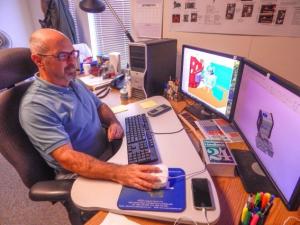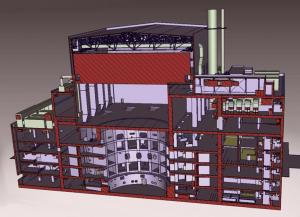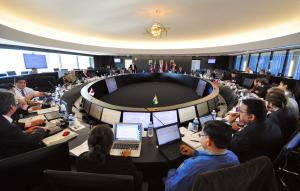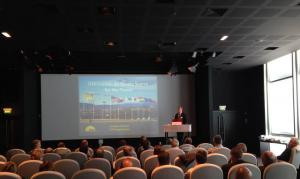What’s New
10 November 2014
ITER news digest for the period of 3 November 2014 to 10 November 2014.

A rare and beautiful sight
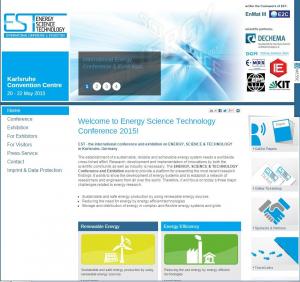
Call for abstracts: EST-Energy Conference 2015
